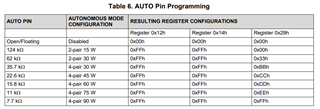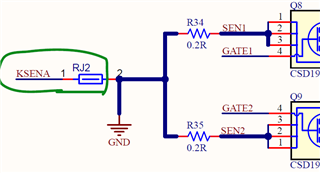Tool/software:
Hi Dear experts,
I want to use TPS23881B in autonomus mode. I have a question to be sure.
Do I need any micro controller to upload a code to use it in autonomus mode? Or should I just connect AUTO pin (52) to ground?
Best regards,
Kerim






